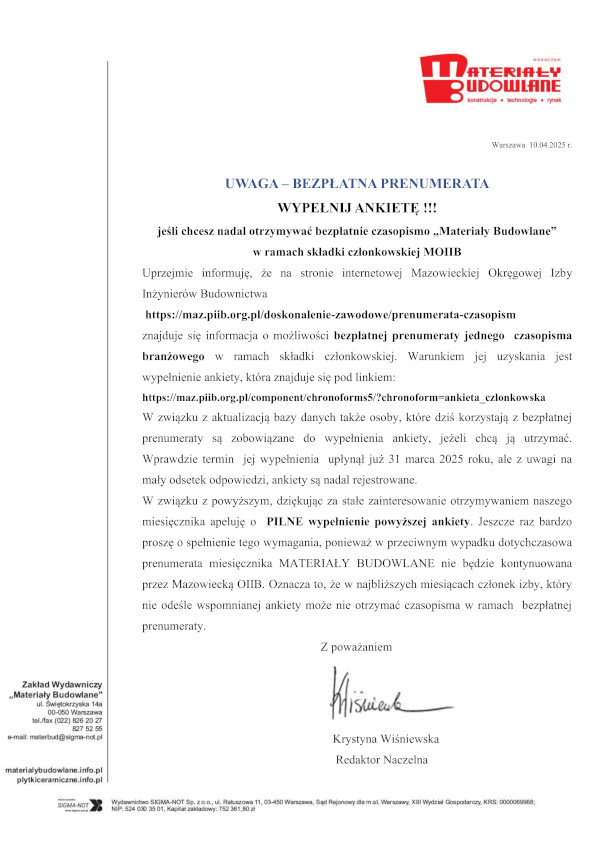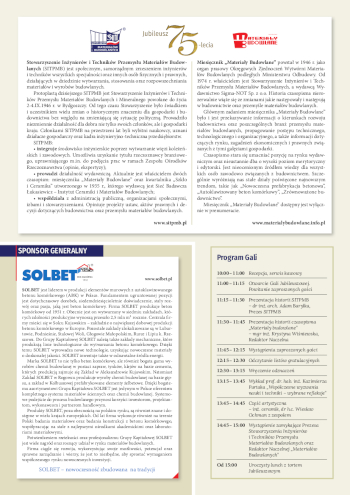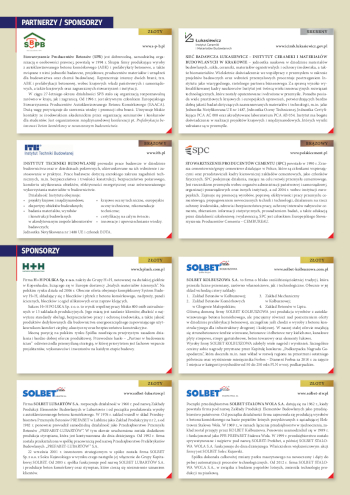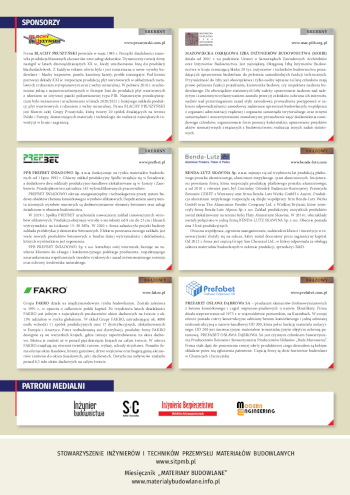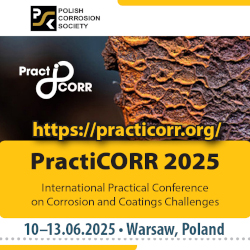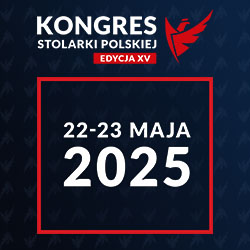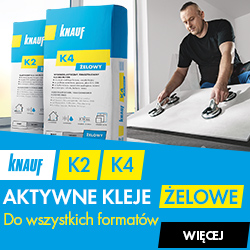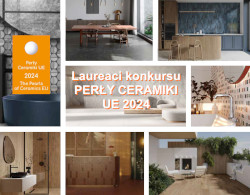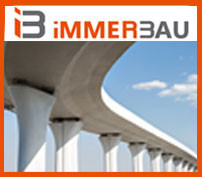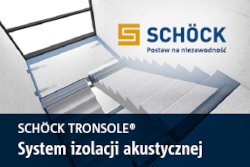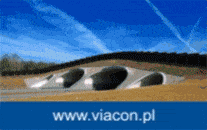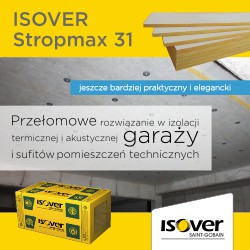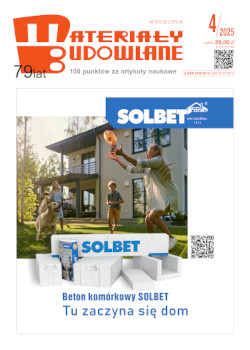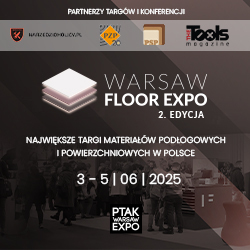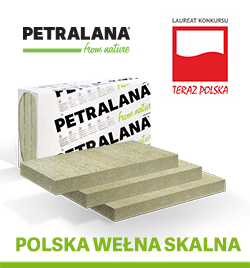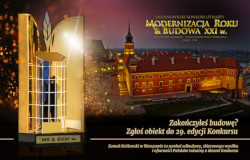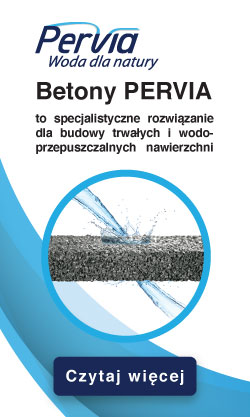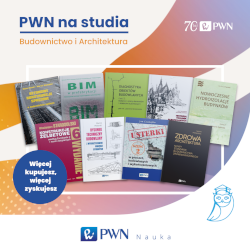dr inż. Maciej Minch, Politechnika Wrocławska, Wydział Budownictwa Lądowego i Wodnego
W artykule zaprezentowano żelbetowy budynek Afrykarium – Oceanarium na terenie Zoo we Wrocławiu. Wiele elementów konstrukcyjnych budynku wykonano w technologii betonu architektonicznego w naturalnym kolorze betonu, a część zabarwiono przez dodanie pigmentów do mieszanki betonowej.
Słowa kluczowe: konstrukcje betonowe, beton architektoniczny, Artbeton.
* * *
Architectural concrete in African Aquarium building in Zoo
This paper presents the unique design of the African Aquarium Building located in area of the Zoological Garden in Wrocław. The whole load-bearing structure and the components of the aquariums and pools were built of reinforced concrete. Many of the structural members were built of natural colour architectonic concrete. Some of the architectonic concretes were coloured in mass with colour additives.
Keywords: concrete structure, architectonic concrete, Artbeton.
Przeczytaj cały artykuł >>
Materiały Budowlane 6/2014, strona 52-53 (spis treści >>)
dr inż. Aleksy Łodo, dr inż. Jarosław Michałek
Politechnika Wrocławska, Wydział Budownictwa Lądowego i Wodnego
W pracy podano ogólne zasady obliczeń i doboru konstrukcji wsporczych małych turbin wiatrowych (SWT). Przedstawiono możliwości wykorzystania wirowanych żerdzi strunobetonowych jako konstrukcji wsporczych SWT.
Słowa kluczowe: małe turbiny wiatrowe, konstrukcje wsporcze, beton wirowany.
* * *
Spun concrete supporting towers for small wind turbines
In the paper the general rules of calculations and selection of supporting structures of small wind turbines were given. The possibilities of application of spun pre-tensioned prestressed concrete poles as supporting structures of small wind turbines were presented.
Keywords: small wind turbines, supporting structures, spun concrete.
Materiały Budowlane 6/2014, s. 50-51
Przeczytaj cały artykuł >>
Materiały Budowlane 6/2014, strona 50-51 (spis treści >>)
dr inż. Janusz Kubiak, dr inż. Aleksy Łodo, dr inż. Jarosław Michałek
Politechnika Wrocławska, Wydział Budownictwa Lądowego i Wodnego
W artykule przedstawiono konstrukcje żelbetowych płyt i belek służących do wykonywania prefabrykowanych fundamentów strunobetonowych żerdzi wirowanych. Podano przykłady zastosowania tego typu elementów w fundamentach słupów przelotowych i mocnych.
Słowa kluczowe: prefabrykacja, fundamenty żelbetowe, słupy elektroenergetyczne.
* * *
Foundations of pre-tensioned prestressed concrete electricity poles of MV and LV
In the paper structures of reinforced concrete plates and beams for executing precast foundations for pre-tensioned spun concrete poles were described. The examples of application of such elements in foundations of through and strengths poles were given.
Keywords: prefabrication, reinforced concrete foundations, electricity poles.
Materiały Budowlane 6/2014, s. 48-49
Przeczytaj cały artykuł >>
dr inż. Aleksy Łodo, dr inż. Jarosław Michałek, Politechnika Wrocławska, Wydział Budownictwa Lądowego i Wodnego
mgr inż. Stanisław Wójcik, Strunobet-Migacz Sp. z o.o.
W artykule przedstawiono stosowane w kraju fundamenty strunobetonowych wież i słupów linii elektroenergetycznych wysokich napięć (WN). Ponadto omówiono połączenie słupów przelotowych i mocnych z fundamentem przez zabetonowanie nasady słupa w fundamencie i przez przykręcenie za pomocą śrub.
Słowa kluczowe: prefabrykacja, fundamenty żelbetowe, słupy elektroenergetyczne.
* * *
Foundations of pre-tensioned prestressed concrete electricity poles of HV
In the paper foundations applied in Poland for pre-tensioned prestressed spun concrete electricity poles of high voltage (HV) depending on soil category are presented. Joints of poles and foundations by placing the concrete around the root of pole in foundation and by screwing down with bolts are discussed in detailes.
Keywords: prefabrication, reinforced concrete foundations, electricity poles.
Przeczytaj cały artykuł >>
Materiały Budowlane 6/2014, strona 46-47 (spis treści >>)
dr inż. Jarosław Michałek
Politechnika Wrocławska, Wydział Budownictwa Lądowego i Wodnego
W artykule zdefiniowano ogólne zasady funkcjonowania zakładowej kontroli produkcjiwświetle obowiązujących przepisów prawa. Omówiono wymagania dotyczące zakładowej kontroli produkcji żelbetowych i strunobetonowych słupów elektroenergetycznych i oświetleniowych z betonu wirowanego.
Słowa kluczowe: zakładowa kontrola produkcji, słupy elektroenergetyczne i oświetleniowe, beton wirowany.
* * *
Factory production control for spun concrete poles
General rules of factory production control operating according to current law were defined. Requirements for factory production control for reinforced and pre-tensioned prestressed spun concrete electricity and lighting poles were discussed.
Keywords: factory production control, electricity and lighting poles, spun concrete
Materiały Budowlane 6/2014, s. 43-45
Przeczytaj cały artykuł >>
Materiały Budowlane 6/2014, strona 43-45 (spis treści >>)
dr inż. Maciej Minch, Politechnika Wrocławska, Wydział Budownictwa Lądowego i Wodnego
mgr inż. Krzysztof Zabój, Rector Polska Sp. z o.o.
W artykule omówiono system stropów gęstożebrowych o nazwie Rectobeton i Rectolight, w którym zastosowano belki strunobetonowe pozwalające osiągnąć rozpiętość do 10 m. W przypadku stropu rozpiętości do 4,5 m nie jest wymagane stosowanie podpór pośrednich w czasie montażu, co można uznać za jedną z zalet systemu.
Słowa kluczowe: strop gęstożebrowy, belki sprężone.
* * *
The pre-stressed rib and block slab system
The article shows the rib and block slab systems named Rectobeton and Rectolight. In both systems the ribs are pre-stressed which allow to achieve span up to 10 m. For span of 4,5 m the ceiling is not requires the use of intermediate supports during assembly, which is one of the major advantages of the slab design solution.
Keywords: the rib and block slab, pre-stressed ribs.
Przeczytaj cały artykuł >>
Materiały Budowlane 6/2014, strona 41-42 (spis treści >>)
dr inż. Aleksy Łodo, mgr inż. Piotr Kozioł, mgr inż. Piotr Organek
Politechnika Wrocławska,Wydział Budownictwa Lądowego i Wodnego
W artykule przedstawiono krajowe doświadczenia zdobyte podczas produkcji strunobetonowych słupków sadowniczych na torze naciągowym będącym równocześnie formą samonośną. Stalowa forma samonośna o długości nominalnej 64,0 m i szerokości 3,5 m pozwala na produkcję ponad 500 słupków strunobetonowych dziennie.
Słowa kluczowe: strunobetonowe słupki sadownicze, forma samonośna.
* * *
Form for the production of prestressed concrete posts for orchard plantations
In the following article, the experience gained in the domestic production line of prestressed concrete posts for orchard plantations are presented. The prestressed concrete posts production runs at the 64 meter long and 3,5 meter width stress benchwhich is also self-supporting batterymould. The production efficiency is over 500 posts per day.
Keywords: prestressed concrete posts for orchard plantations, self-supporting form.
Materiały Budowlane 6/2014, s. 39-40
Przeczytaj cały artykuł >>
Materiały Budowlane 6/2014, strona 39-40 (spis treści >>)
dr inż. Janusz Kubiak, dr inż. Aleksy Łodo, dr inż. Jarosław Michałek
Politechnika Wrocławska, Wydział Budownictwa Lądowego i Wodnego
W artykule przedstawiono konstrukcje i dane techniczne strunobetonowych słupków sadowniczych przeznaczonych do podtrzymywania koron drzewek i siatek przeciwgradowych w sadach. Opisano technologię produkcji słupków na torze naciągowym o długości 64 m. Podano optymalne rozstawy słupków w sadach bez siatek i z siatkami przeciwgradowymi.
Słowa kluczowe: strunobeton, słupki sadownicze, prefabrykacja.
* * *
Pre-tensioned prestressed concrete columns for fruit culture
The structures and technical data of pre-tensioned concrete poles for fruit culture were presented in the paper. They are applied as supporting structures for trees and anti-hail nets in orchards. The technology of manufacturing on a tension track of length of 64 m was described. Optimumpoles spacing in orchards with and without anti-hail nets was given.
Keywords: pre-tensioned prestressed concrete, fruit cultures poles, prefabrication.
Materiały Budowlane 6/2014, s. 37-38
Przeczytaj cały artykuł >>
Materiały Budowlane 6/2014, strona 37-38 (spis treści >>)


